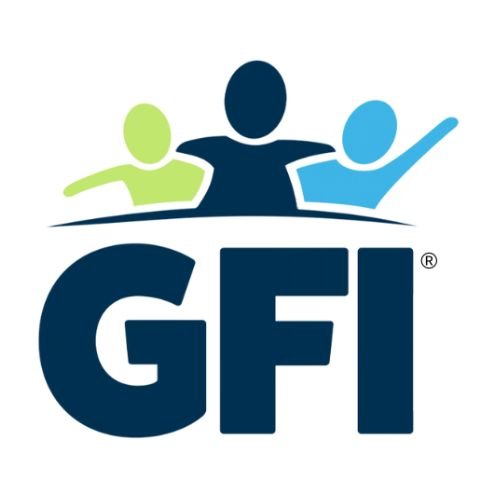How Will Students Know They Belong in Their Classroom?
Since the average enrollment of an American public school exceeds 500 students (EducationWeek, 2019), by the numbers associated with autism prevalence (CDC, 2021), an administrator can be statistically assured that the school’s count of students on the spectrum will be in the double digits. It is likely that the least restrictive environment for those autistic students will be in inclusive classrooms. And the way to prepare the environments in those inclusive classrooms is in part through peer education.
When considering the research of Dr. Connie Kasari (UCLA, 2009), we realize that preparing the environment (the staff, the students, and the physical readiness of the space) to receive a student with autism is perhaps more important than social skills training and a one-to-one aide for the neurodivergent student (The Orange County Register, 2009). This requires a more coordinated effort on behalf of the school and family, but has ultimately proven to result in better outcomes.
By investing in social emotional learning, schools see decreased behavior referrals, improved academic performance, and better unity among students.
Maybe the teacher in a neurodivergent classroom has elements of universal design baked into the space visually:
- The schedule on the whiteboard has related images in addition to words.
- There’s a space for decompression that’s a little more quiet and a little less stimulating.
- All students can access alternative seating.
Perhaps the teacher has already planned a “get to know me” week for students to share their interests and passions in ways that respect their ability to communicate.
How about talking to neuromajority students about how they can connect with their neurodivergent classmate? That’s where Good Friend comes in. Whether you’re looking for a live program that’s delivered in-person (recommended) or remotely, we can help prepare students to receive their autistic classmate warmly. That might include a parent interview for an elementary school student, or creating a positive platform for a middle school student’s self-disclosure. Maybe it’s less specific, and we’re working with a school to foster a culture of acceptance. Complete the form on this page for more information.
Are you interested in helping Good Friend test its capacity-building online resources for educators to deliver Good Friend’s student services? Please email Chelsea for details.

